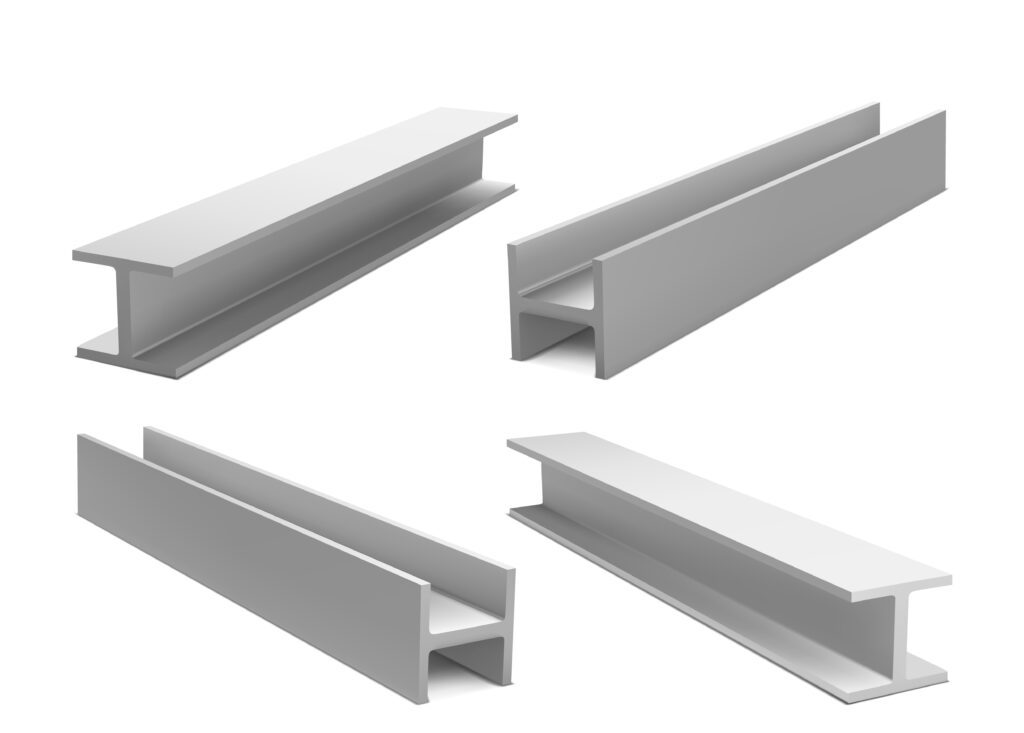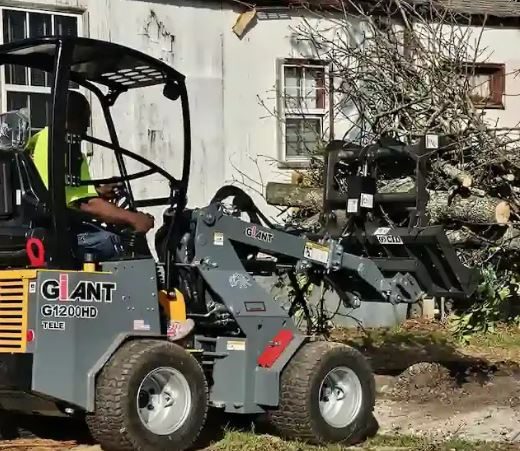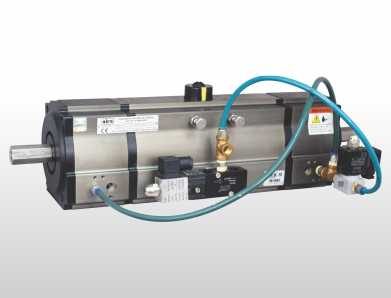Construction has undergone countless changes over the years. Materials once considered staples are giving way to smarter and more efficient alternatives. Among these developments, lightweight I-beams have become an essential part of modern construction. They provide the strength needed to support massive structures while being lighter and easier to handle than traditional alternatives. Engineers and architects favor I-beams for their optimal balance of strength, cost efficiency, and sustainability. With the rise of urban development and infrastructure projects, the demand for I-beams has been steadily increasing, making them a mainstay in construction today.
The Shift Toward Lightweight Engineering
From Heavy Steel to Smart Design
In the early days of construction, builders relied on massive materials. Thick stone, concrete, and heavy steel beams were the go-to choices for stability. While incredibly strong, these materials were heavy, difficult to transport, and hazardous to install. The introduction of I-beams revolutionized the entire industry. Their shape allows for maximum strength while using minimal material. With this innovation, buildings have become more efficient, enabling architects to design taller and more complex structures without excessive weight concerns.
Why Less Material Doesn’t Mean Less Stability
There is a common belief that a lighter structure is a weaker one. On the contrary, the I-shape of these sections is specifically designed to handle heavy loads efficiently. In fact, I-beams are engineered with a central vertical portion known as the web, along with two horizontal flanges that help bear massive loads without bending or breaking. This design optimizes material use while ensuring superior strength. Engineers take advantage of these properties in the construction of skyscrapers, bridges, and stadiums, knowing that I-beams provide solid support under heavy loads without adding unnecessary weight.
What Engineers and Architects Say About the Change
I-beams, like most other materials, have made a great name for themselves among construction professionals, thanks to their reliability and versatility. Architects highly favor I-beams because they allow for more open and creative space designs, reducing the need for numerous support columns. Engineers also highlight that I-beams help lessen stress on the foundation when supporting heavy loads. Additionally, their lightweight nature speeds up installation, ultimately saving on labor costs.
The Hidden Perks of Going Lightweight
Faster Builds, Lower Costs, Greater Profits
One of the most important benefits that I-beams provide in the construction industry is efficiency. Conventional materials usually need much manpower, machinery, and time to transport and install, whereas lighter materials such as I-beams cut down these measures to a large extent in all stages. They need fewer people to actually move the material around, not to mention that cranes can lift it with less effort than other materials. All this helps speed up the entire building process. Faster builds translate to lower labor costs and faster project completion, allowing construction firms to take on more projects in less time.
Why I-Beams Are a Win for Sustainability
Construction is now shifting its focus toward sustainability. The entire sector is moving toward greener practices, and I-beams are part of this transition. They require fewer raw materials for production, reducing the environmental footprint of steel manufacturing. Additionally, steel I-beams are recyclable, allowing old beams to be repurposed instead of discarded as waste. Moreover, their lightweight nature lowers fuel consumption during transportation, further promoting eco-friendly practices in construction.
Reducing Risks in High-Rise and Large-Scale Projects
Safety is the number one priority in any construction project. Their lighter weight makes I-beams easier to handle and reduces the likelihood of accidents occurring during installation. Moreover, their structural integrity provides safety in completed buildings. These lighter materials apply less load on the foundations in high-rise constructions and thus reduce the risk of structural failures. I-beams are also known to resist bending and warping, even in extremely strong conditions such as earthquakes and very strong winds, buildings are still kept upright.
Unconventional Applications – Where You’d Never Expect to Find I-Beams
Residential Homes
I-beams are not just for skyscrapers or bridge construction—they are also widely used in modern homes, especially open-concept designs. They create more living space without the need for bulky support columns. Strong enough to support second floors, large windows, and extended roof structures, I-beams offer both durability and longevity. Homeowners appreciate them for providing solid structural support without adding unnecessary weight.
Movie Sets and Theme Parks
I-beams have traditionally been used in construction, but they are also finding applications in the entertainment and movie industries. Movie studios rely on I-beams to build large, temporary sets that need to support heavy equipment while allowing for easy dismantling later. Theme parks also use them in attractions and roller coasters, where safety and durability are top priorities. Their combination of lightweight design and exceptional strength ensures stability, even under extreme forces.
What the Future Holds for I-Beam Technology
The benefits of I-beams extend even further. Some aerospace companies are exploring lightweight beams for constructing aircraft hangars and space-related structures. Additionally, with advancements in material science, even lighter and stronger variations of I-beams could potentially be used in space stations or lunar habitats. As technology advances, I-beams may become essential components in extraterrestrial construction.
The Future Blueprints
The Next Era of Smart Construction
The design and construction of buildings are being revolutionized by technology. Artificial intelligence and robotics are improving the production and installation of I-beams. AI simulations help engineers optimize girder placement for maximum efficiency, while automated machinery enhances production. With AI and robotics advancing I-beam applications, construction is now faster and more precise than ever.
3D-Printed Beams and Adaptive Design
3D printing is transforming the construction materials industry, with various companies testing 3D-printed steel beams that can be customized for specific project needs. This innovation reduces material waste while enabling more adaptive designs. If this technology advances further, I-beams could eventually be printed on-site using advanced high-speed printers, eliminating the need for heavy transportation over long distances.
How Lightweight I-Beams Will Change Future Skylines
Cities are growing rapidly, and construction must keep up. Lightweight I-beams are shaping the skylines of the future. As urban areas become denser, the demand for taller and more efficient buildings will continue to rise. Engineers are developing new alloys and composite materials to make I-beams even lighter and stronger. With ongoing advancements, I-beams will remain a key element in modern construction, supporting the next generation of architectural wonders.
Key Takeaway
Lightweight I-beams have revolutionized the design and construction of buildings. The strength-to-weight ratio makes them a vital component of today’s architecture because they speed up construction and save costs while contributing to sustainability. Their applications go far beyond traditional buildings; for example, such beams have much to contribute to the entertainment industries, aerospace, and advanced manufacturing. With advancement in technology, I-beams would boom into the future construction revolution.












